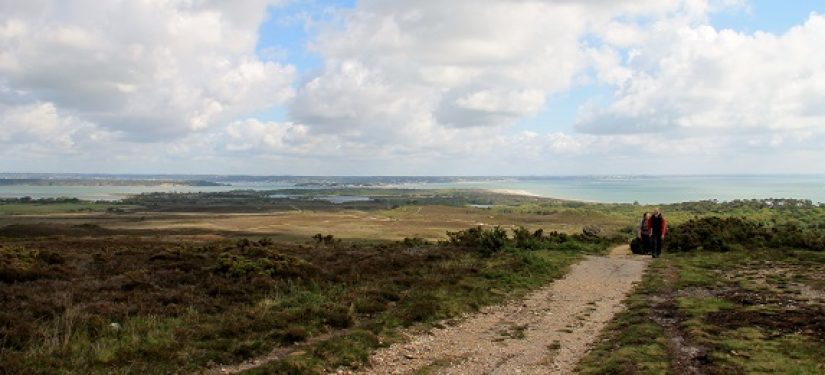‘Pymore Reedbed SNCI Priority Habitat Project'’ - Pymore conservation volunteers
Site of Nature Conservation Interest (SNCI) habitat maintenance project.

Site of Nature Conservation Interest (SNCI) habitat maintenance project.

This project was awarded Sustainable Development Fund support in 2018/19 to help deliver our Management Plan Policy objective B1: Restore and manage freshwater habitats and associated species, and B2: Safeguard irreplaceable biodiversity and declining habitats and their associated species.
Grant awarded: £829
Other sources of funding: Pymore Village Management Company, volunteers
% of total project costs: 19%
The Pymore Reedbed is a county-designated SNCI priority habitat for several protected species including otters, water rail, kingfishers, reed buntings, harvest mice and water voles. Without regular habitat maintenance it would become a wet woodland to the detriment of these species.
The Pymore conservation volunteers are a small group of people committed to help protect and preserve this SNCI habitat. The Management Plan for the reedbed (written by the DWT) advises that a third of the reedbed be cut back on a bi-annual basis to preserve and enhance its wildlife value. Volunteers from the group are experienced in co-ordinating and assisting with this.
They applied for an SDF grant towards the costs of hiring a brush-cutter and contractor to cut the reeds, skip hire, chest waders and hire of scaffold boards to access the reedbed.

During a sunny week in Autumn, and to the sound of water rails calling, the reedbed was cut by an experienced brush cutter whilst the group of volunteers raked and carried seeds into skips.
Willow and alder saplings were cut back, along with overhanging branches. Volunteers with waders removed encroaching reeds from the small pond.
Ditch clearance (used each spring by toads for spawning).

The project met all its original aims and more!
The reedbed was successfully cut back crucially safeguarding the right habitat conditions for the endangered species it protects.
Since the water levels have raised there have been several wildlife sightings including herons and kingfishes.
Whilst working the reedbed several volunteers heard the unique sounds of the water rails.

Advice for others thinking of undertaking a similar project:


‘Everyone remarked on how much they enjoyed participating in the project and the rejuvenated appearance of the reedbed.’
Richard Gillingham

local funds

Grant funding